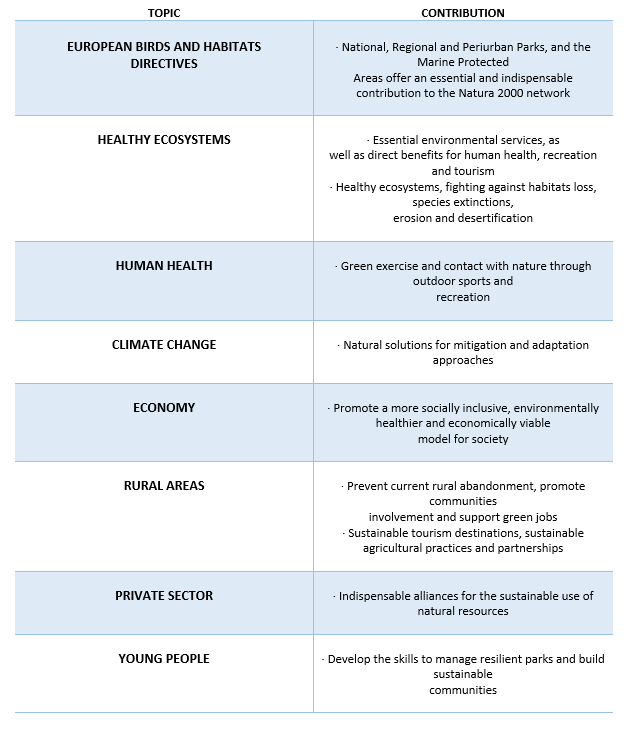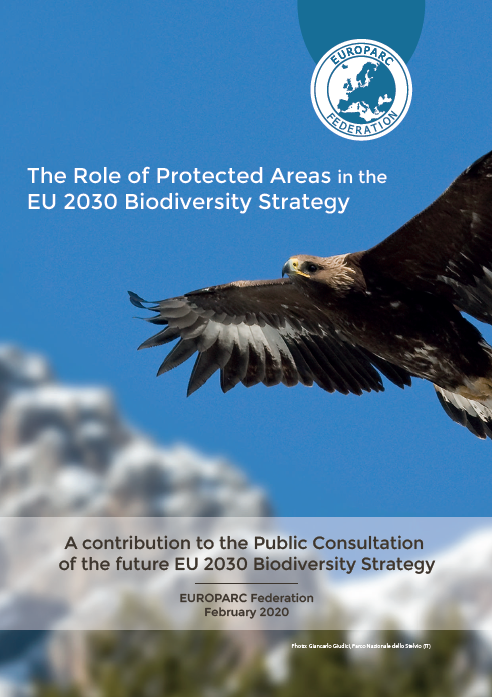Ocean Action! Conference in Brussels
Last February 5th, Ocean Action! brought together policy-makers, scientists, activists and artists from all over the world. Together, they called the EU for action on its commitment to protect and restore our seas and ocean and the cost of inaction was discussed.
“If the Martians were to land on the planet today, they would not call it Earth, but Ocean.” So began the Oceans conference in Brussels named #OceanAction, organised by Seas At Risk with the support of other Environmental NGOs and framed within an Ocean Week 2020 full of events dedicated to highlight the importance of the oceans in the life of the planet earth, its ecosystems, and the enormous challenge they face with the climate emergency affecting each and every one of the marine living beings and therefore, the rest of the world population.
The event consisted of a day where inspiration and emotional connection were the drivers of a collective reflection about the need to act NOW to save the future of the oceans.
The cornerstone of the event was the Blue Manifesto, an initiative presented by the Blue NGOs in Europe together with around 100 civil society organisations, which aims to act as a roadmap for a healthy ocean in 2030. Described as a rescue plan for the next ten years, it sets out a series of measures to reverse the situation of degraded oceans and coasts. Some of the important points are the measures to ensure:
- that EU seas are in good environmental status
- that EU freshwater is in good status
- the design and protection of all Natura 2000 sites from Harmful activities under the Birds and Habitats Directives
- that EU countries end overfishing under the Common Fisheries Policy
- the end of illegal, unreported and unregulated fishing
- the implementation of the Deep-Sea Regulation
We need thriving marine and coastal ecosystems to support a climate-resilient future
The event
Participants came from all over the world. From scientists and high-level decision-makers to young activists, Blue NGOs, sportsmen/women, artists and even the production team of the BBC documentary Blue Planet II.
Through presentations, interactive debates and workshops the main challenges in the future of the environmental management of the marine environment were discussed, the problems, possible solutions and necessary measures to reach them before the situation becomes irreversible for the planet and all the species that inhabit it, were also raised.
I can assure you that the name of Oceans in my portfolio is not a question of image, but the confirmation of a political will (Virginijus Sinkevičius, Commissioner for Environment, Oceans and Fisheries)
In addition, around the main presentations, there were different art exhibitions, from photography to art installations using elements collected in the sea, like plastics. Together with music and virtual reality spaces, all these inspiring elements allowed the visitor to enjoy a multisensorial experience of the oceans, human activities and the problems they both face.
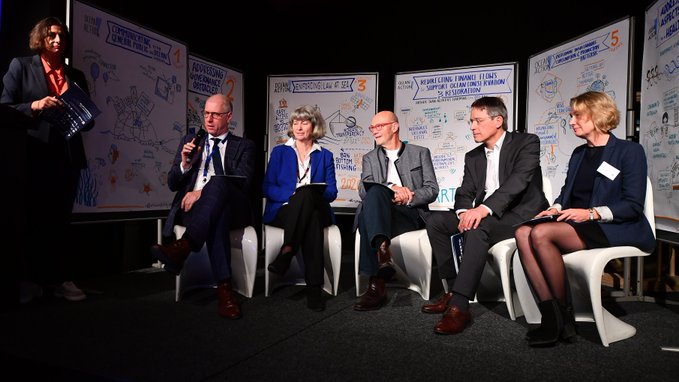
@SeasAtRisk
Call to action: Why now?
The ocean is in crisis and the situation requires effective Ocean Action
The call to action by Monica Verbeek, Executive Director of Seas At Risk, left no one indifferent. To ensure that marine areas constitute ”safe havens for animals and plants to have a break from harmful human activities and where coastal communities can enjoy a preserved nature”, it is necessary to establish a vision towards 2030, where Marine Protected Areas will play an important role in ensuring this objective, working to form an ecologically coherent and continuous network to allow species to travel from one to another and have long-term budgets, monitoring and management plans. Some of the important points to consider would be:
- By 2030, at least 30% of the ocean will be highly or fully protected
- By 2030, we will have a clean, pollution-free ocean
- By 2030, we will have shifted to low impact fishing
- In the whole ocean, the planning of human activities will support the restoration of thriving marine ecosystems
The next 10 years will determine our ability to adapt and together with sufficient political support, bring the necessary change to achieve the restoration of marine life, an end to overexploitation, destructive practices and pollution.
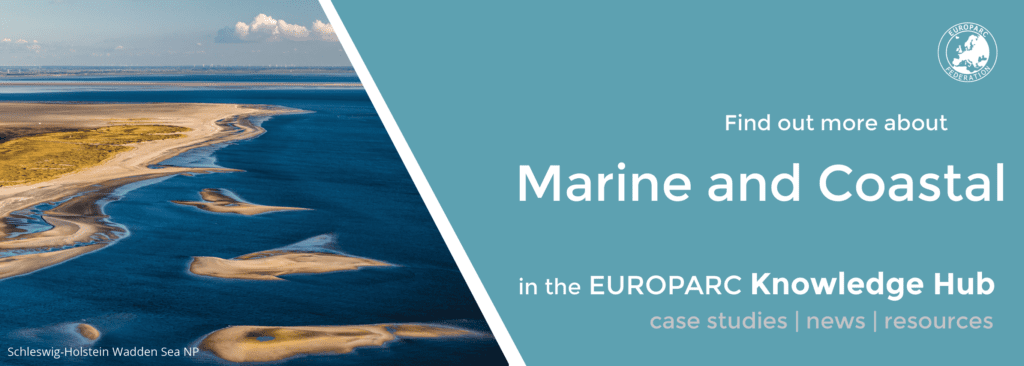
Junior Ranger Camp 2020: save the date!
Junior Rangers at Junior Ranger Camp 2017. Photo by Swiss Rangers
Norway, 5-11 July 2020
The Junior Ranger Camp 2020 will be hosted by the Norwegian Nature Parks Association in the Finnskogen Nature & Culture Park from the 5th to the 11th July.
Registrations will open very soon: stay tuned!
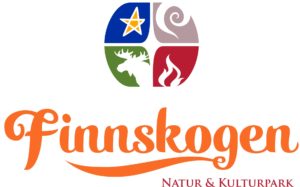
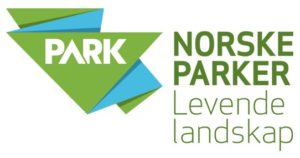
Night vision: a webinar about Dark Sky Parks
Milky Way by Nuno Andre Moura
Join the next EUROPARC webinar about Dark Sky Parks. Every month, we dedicate a webinar to a special topic for Protected Area professionals. Read more about it here.
80% of the world population lives under light-polluted skies (99% when it comes to Europe and the U.S.), according to the “new world atlas of artificial night sky brightness”. Artificial light is the number one pollutant of our skies and despite the scientific research produced over the last decade on how it negatively impacts biodiversity and human health, levels of light pollution continue to rise across the globe. One-third of the humanity has never had the chance to see the Milky Way and many will never experience conditions resembling a true night. This is where Protected Areas, as safe places for nature and biodiversity, have a role to play.
Many European Protected Areas are already actively decreasing light pollution, ensuring better conditions for nocturnal species and offering new experiences to their visitors. In this webinar, we will learn about the process and criteria to become a Dark Sky Place, by the International Dark-Sky Association, and hear the practical examples of two National Parks from our network, that are Dark Sky Parks certified.
Can Parks create better conditions for species, through good outdoor lightning? Which type of educational programmes & touristic activities can be organised to increase the value of our dark skies?
Either you want to decrease light pollution in your Protected Area, or you are already a Dark Sky Park, we invite you to join us in this interactive webinar to share your experience and contribute in the debate. Participation is free, but registration is needed.
>>>>>REGISTER HERE<<<<<
Setting the scene
International Dark-Sky Places: rules and practices
The International Dark-Sky Association (IDA) plays a vital role in preserving dark sky and protecting the natural night-time environment. An essential part of this work is the darks sky places programme. Our first invited speaker, Zoltán Kolláth, is member of the IDA’s Dark Sky Places Committee, he will introduce us the importance of protecting the night-time environment; and share the process on how to create and manage a Dark Sky Park. Zoltán will refer the main criteria to develop an international dark sky place, share methodologies to measure the quality of the night sky and the main important rules to avoid light pollution.
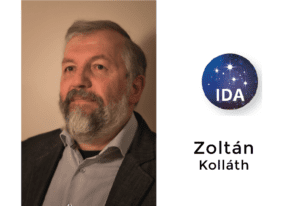
Zoltan is also Professor of Physics at the Eötvös Loránd University (HU) and President of the Hungarian Astronomical Association. His main field of research is astrophysics and pulsating stars, but he has been working on light pollution related projects for over two decades.
Case Study
The value of the Dark Skies above the Eifel National Park
The Eifel National Park was certified by IDA in 2014, becoming the first National Park in Germany obtaining the Dark Sky Park certification. We will hear, from the perspective of an astronomer, why a “dark sky” and stargazing activities are so important to people. Harald Bardenhagen will also show us how a Park can work on light pollution abatement, and give us an overview of the most successful outreach activities he has practised over the last 10 years.
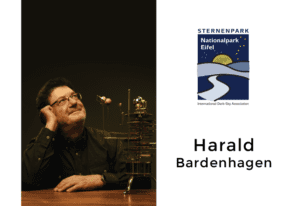
Harald Bardenhagen, astronomer and consultant for low impact lighting, founded the Astronomie-Werkstatt “Sterne ohne Grenzen” about 10 years ago, to bring back the direct nature experience of a starry night sky to people. He was a key person in the Dark Sky Park Eifel National Park Certification and currently operates an observatory with about 100 public event offerings per year with about 5000 bookings.
Case study
Starry Sky Park in the Bükk National Park, Hungary
Bükk Starry Sky Park became a Dark Sky Park in 2017. It all started with a touristic demand for astronomical programmes, which prompted them to evaluate their sky quality and realise it was of exceptional quality. Richárd Novák will briefly share with us the 3-years process of preparations, replacements and measurements that made them become the 49th IDA recognised Dark Sky Park of the world.
With the growing number of visitors interested in the national park demanding night time stargazing’s and night walks, they created a new title for the Park and developed a new destination for tourism. The success is visible, and recently, the Hungarian government has decided to build the country’s newest observatory and astronomical visitor center in the heart of the Park, in the village of Répáshuta.
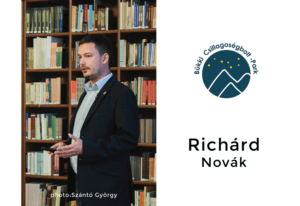
Richárd Novák is Education specialist at the Bükk National Park Directorate, working in the past 8 years as a tour guide and environmental educator. Interested in astronomy since his childhood, he is now the one who reveals wonders of the sky to their students and visitors and will lead the forthcoming astronomical visitor centre.
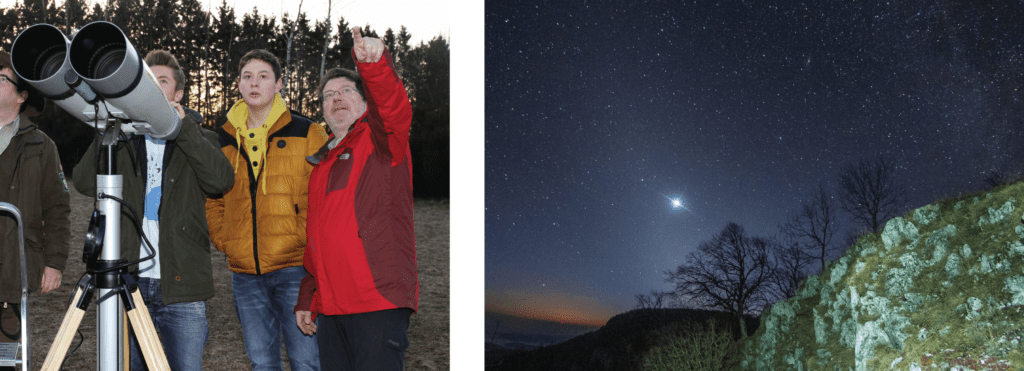
Education activity by Harald Bardenhagen (left) Bukk National Park by Richar Novak
The role of Protected Areas in the EU 2030 Biodiversity Strategy
Cover photo: Giancarlo Giudici, Parco Nazionale dello Stelvio (IT)
Last December, the European Commission launched a public consultation inviting stakeholders and public to give their inputs on the future EU 2030 Biodiversity Strategy´s objectives and measures. EUROPARC Federation has contributed, in the interest of the European Protected Areas, underlining the importance and the role of Natura 2000 network and all National and Regional Parks and Reserves as key actors of the implementation on the field of the EU policies for nature protection and sustainable development.
The new EU 2030 Biodiversity Strategy
The agenda of the European Commission’s President Von der Leyen aims to face up to the main causes of biodiversity loss by 2030, as an integral element of the European Green Deal. The main direct drivers of biodiversity loss, both globally and in the EU, are changes in land and sea use, direct exploitation of organisms, climate change, pollution and invasive alien species.
As an integral element of the European Green Deal, the strategy will also contribute to EU and global efforts to mitigate and adapt to climate change and to achieve the Sustainable Development Goals
As Parties to the Convention on Biological Diversity, the EU and its Member States have adopted a series of strategies and action plans with the objective of reversing the biodiversity loss, such as the EU biodiversity strategy to 2030. The implementation of the EU Birds and Habitats Directives and other environment-related EU legislation is also key for achieving this objective.
The new strategy will outline the EU ambition for the post-2020 global biodiversity framework, which will include some core objectives and only EU commitments and measures:
- protect nature and increase the coverage and effectiveness of protected areas, building on the Natura 2000 network,
- restore damaged ecosystems, including carbon-rich ecosystems, to good ecological status and enhance the flow of essential services that they provide,
- promote the sustainable use of forest, agriculture, marine, freshwater and urban ecosystems;
- fully integrate biodiversity considerations into other EU policies and address EU impacts on global biodiversity,
- enable the implementation of the strategy by securing adequate financial resources, improving knowledge and engaging citizens and stakeholders across sectors.
The role of Protected Areas in the EU 2030 Biodiversity Strategy
In particular, looking at the Protected Areas perspective, the EU’s declared ambition is that Europe must lead the world when it comes to protecting our biodiversity. The EUROPARC Federation advocates that, not only Natura 2000 sites, but that all national and regional Protected Areas are recognised as:
- KEY ACTORS TO IMPLEMENT EU POLICIES ON THE FIELD
- KEY BENEFICIARIES OF EU POLICIES, PROGRAMS AND ACTIONS.
More specifically, the Biodiversity Strategy and the Actions Plan should take into consideration all Protected Areas in the following points:
